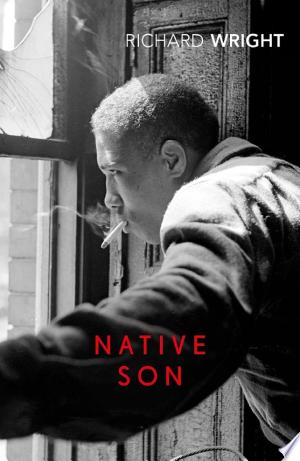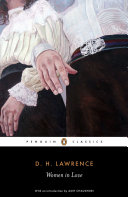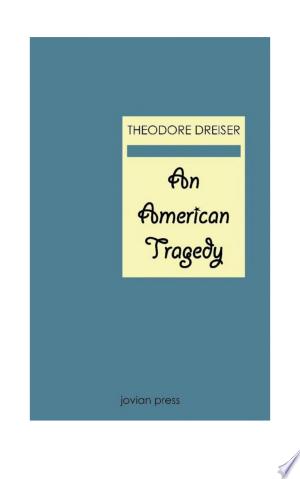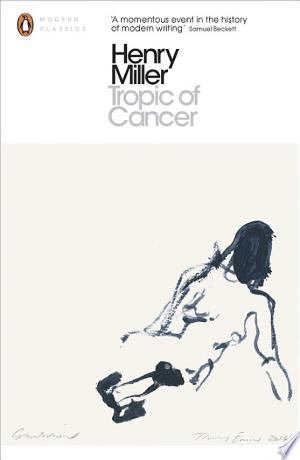
"Native Son" Summary
fiction | 443 pages | Published in 2016
Estimated read time: 5 min read
One Sentence Summary
A young black man's life unravels after he accidentally kills a white woman in 1930s Chicago.
Table of Contents
Introduction
"Native Son" by Richard Wright is a powerful and provocative novel that delves into the complexities of race, poverty, and identity in 1930s America. Through its compelling narrative and vivid characters, the book offers a searing portrayal of the systemic oppression faced by African Americans during this era. As the story unfolds, readers are confronted with the harsh realities of social injustice and the profound impact it has on individuals and society as a whole.
Brief Synopsis
Plot Overview
"Native Son" is set in 1930s Chicago and follows the life of Bigger Thomas, a young African American man living in poverty. Bigger's life is defined by the limitations imposed on him by society, and the novel explores the psychological and emotional toll of these restrictions. When Bigger gets a job as a chauffeur for a wealthy white family, he becomes embroiled in a series of events that ultimately lead to a tragic outcome.
Setting
The novel is set in the impoverished neighborhoods of Chicago during the 1930s, a time of deep racial segregation and economic disparity. The social and political climate of this era heavily influences the events and characters in the story, providing a vivid backdrop for the narrative.
Main Characters
The characters in "Native Son" are vividly depicted, each playing a crucial role in the unfolding of the story.
| Character | Description |
|---|---|
| Bigger Thomas | A young African American man living in poverty, whose life is defined by societal limitations. |
| Mary Dalton | The daughter of Bigger's employer, whose interactions with Bigger have far-reaching consequences. |
| Jan Erlone | Mary's boyfriend, who challenges Bigger's perceptions of race and class. |
| Mr. and Mrs. Dalton | Mary's parents, who represent the affluent white society that Bigger resents. |
Summary of Different Story Points Over Chapters
Book One
Chapters 1-3
Bigger Thomas begins working as a chauffeur for the wealthy Dalton family. He is immediately confronted with the stark contrast between his own impoverished life and the opulence of the Daltons' world. Bigger's feelings of resentment and anger towards the affluent white society begin to surface.
Chapters 4-6
Bigger's interactions with Mary Dalton and her boyfriend, Jan Erlone, reveal the complexities of race and class dynamics. His growing sense of unease and frustration with his circumstances intensifies.
Book Two
Chapters 7-9
A series of events lead to a tragic accident, setting off a chain reaction that will irrevocably alter the course of Bigger's life. The novel delves into the psychological turmoil and moral dilemma that Bigger faces as a result of these events.
Chapters 10-13
As the consequences of the accident unfold, Bigger grapples with fear, guilt, and the realization that his actions will have far-reaching implications. The novel delves into the complexities of the justice system and the pervasive racial prejudices that shape Bigger's fate.
Book Three
Chapters 14-16
Bigger's trial becomes a focal point of the novel, shedding light on the systemic injustices faced by African Americans within the legal system. The novel reaches its climax as the full weight of Bigger's actions and the societal forces at play come to a head.
Chapters 17-20
The novel concludes with a gripping exploration of the aftermath of Bigger's trial and the profound impact it has on his psyche. The resolution of the story leaves readers with haunting questions about the broader implications of Bigger's experiences.
Main Events
- Bigger's employment with the Daltons
- Interactions with Mary Dalton and Jan Erlone
- The tragic accident
- Bigger's trial and its aftermath
Themes and Insights
Themes
| Theme | Description |
|---|---|
| Racial Injustice | The novel confronts the pervasive racial prejudices and systemic injustices faced by African Americans in 1930s America. |
| Poverty and Class Struggle | The stark disparities between the impoverished and affluent sectors of society are central to the narrative. |
| Identity and Alienation | Bigger's struggle to define his identity in a society that systematically marginalizes him is a prevalent theme. |
Insights
- The novel offers a searing portrayal of the psychological and emotional toll of societal oppression.
- It confronts readers with the harsh realities of racial segregation and economic disparity.
Reader's Takeaway
"Native Son" is an unflinching exploration of the societal forces that shape the lives of marginalized individuals. Through its compelling narrative and vivid characters, the novel offers a poignant reflection on the enduring impact of racial injustice and the human capacity for resilience in the face of adversity.
Conclusion
"Native Son" by Richard Wright is a timeless literary work that continues to resonate with readers for its unapologetic portrayal of the complexities of race, poverty, and identity. The novel's enduring relevance lies in its ability to provoke introspection and stimulate dialogue about the enduring impact of systemic oppression. As readers delve into the narrative, they are confronted with the stark realities of social injustice and the profound human experiences that unfold within its pages.
Native Son FAQ
What is the plot of Native Son?
What are some major themes in Native Son?
Who is the author of Native Son?
What is the significance of the title 'Native Son'?
What is the historical context of Native Son?
What is the critical reception of Native Son?




